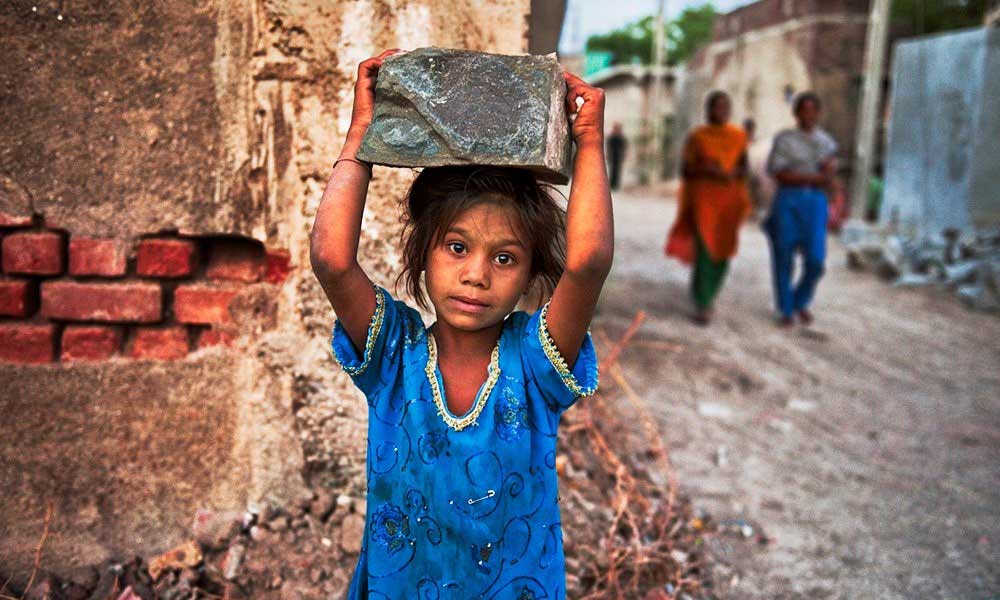
A Study Revealed 1.1 Million Child Laborers in Nepal:
A government study has shown that there are still 1.1 million child laborers in the country. A study conducted by the Central Bureau of Statistics in collaboration with the International Labor Organization (ILO) found that 15.3 percent of the population between the ages of 5 and 17 are child laborers.
Within this age group, 1.1 million out of a population of 7 million have been identified as child laborers. According to statistics, there were 1.6 million child laborers in Nepal in 2008, but the prevention of child labor has improved since then.
According to the study, about 200,000 children are involved in the worst (risky) child labor in Nepal, including construction, sapphire, cleaning, and sewing.
The agricultural sector has the highest number of child laborers. In Nepal's traditional agricultural system, children support their parents at home. According to the statistics, out of the total child labor, 939,000 or 87 percent are engaged in agriculture. There are 141,000 workers in the non-agricultural sector. Non-agricultural sectors include construction, industry, transportation, infrastructure, services, and sales.
According to statistics, 191,000 child laborers do not go to school. Of these, 111,000 are children. There are 80,000 girls. The annual income of child labor is Rs 3,072. If you take it out on an average per day, you get an income of Rs. 438 per day.
According to the statistics, the per capita income is 3138 for boys and 2919 for girls. In most areas, the income of a boy is higher than that of a girl.
Karnali has the highest number of child laborers (24.6 percent). It is followed by Far West at 20.9 percent, Province 1 at 17.6 percent, Gandaki at 16.1 percent, Lumbini at 15.8 percent, Province 2 at 11.5 percent, and Bagmati at 8.9 percent.
Ethnically, child labor is more prevalent in the Dalit community. There are more girls in child labor than boys.
The Government of Nepal aims to eradicate child labor from Nepal by 2025. However, the report concludes that Nepal has to work hard to meet this target. At present, the Master Plan for the Elimination of Child Labor 2018-2028 is being implemented.
The study found that Nepal has improved more than two-thirds of the number of child laborers working in high-risk areas. This is an important achievement of the last decade, said Richard Howard, National Director of the ILO for Nepal.
His response is that Nepal can achieve the goal in the coming days through the implementation of existing laws.
Stating that the report clearly shows the existing child labor in the states, regions, castes, and occupations, the Central Statistics Office quoted Shrestha as saying that it would show the way for the government to reform in the coming days.
Summary:
- Total number of children (5-17 years): 7074756
- Unemployed children: 5000805 (70.7 percent)
- Working children: 2073951 (29.3 percent)
- Number of working children not counted in child labor: 992439 (4 percent)
- Number of working children counted as laborers: 1081512 (15.3 percent)


